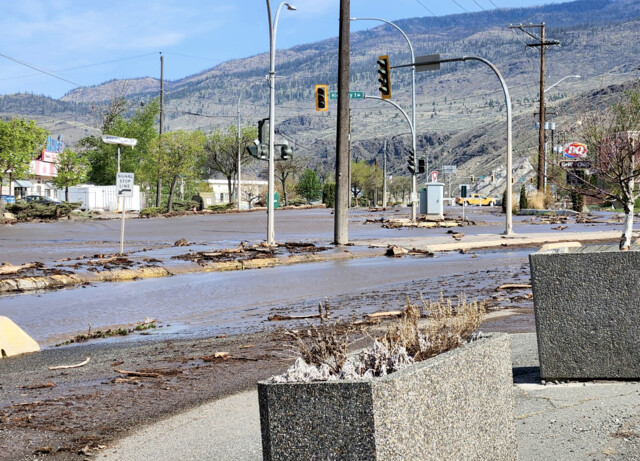During a search for unmarked graves at the former residential school northeast of Edmonton, nineteen anomalies have been discovered using ground-penetrating radar.
According to the initial findings from the search at Blue Quills residential school, these anomalies reflect traits consistent with burials, but further analysis is required to confirm their nature.
The search was organized by University nuhelot’įne thaiyots’į nistameyimakanak Blue Quills, which is a First Nations-operated university at the site of the former residential school.
Last August, Kisha Supernant, who is an Indigenous archaeologist and the director of the Institute of Prairie and Indigenous Archaeology at the University of Alberta, arrived at the site near St. Paul with her team.
As per the report, the team used ground-penetrating radar on the ground to scan specific areas that had been previously identified by elders and residential school survivors. In addition, they captured drone imagery of the surveyed locations.
According to a news release from the university, during the search, elders raised their pipes daily to ensure that the work was conducted with great respect for missing children, their families, and all survivors. The report cautioned that ground-penetrating radar is not completely reliable in detecting graves, as it is unable to confirm the presence or absence of human remains with certainty.
The report acknowledged that the findings may be disheartening for community members seeking answers, but it also stated that the information gathered serves as a starting point for future investigations.
The report further expressed its recognition that the results of the survey regarding unmarked graves may be upsetting for members of the community and survivors, as every child’s life is important, and the injustice and lack of accountability for what happened still persists.
The federal minister of Crown-Indigenous relations, Marc Miller, took to social media to express that he was… “thinking of all the families from the numerous Indigenous communities who had children sent to Blue Quills Residential School.”
“Canada will continue to support them as they continue their search for the truth.”
Initially founded by Roman Catholic missionaries in Lac la Biche, the school was later moved to the Saddle Lake Cree Nation before being relocated once again to St. Paul in 1931.
Survivors who testified before the Truth and Reconciliation Commission, which examined the legacy of residential schools in Canada, recounted experiences of humiliation, hunger, physical abuse, and sexual abuse at the Blue Quills residential school.
In 1970, parents of children attending the school took over the institution and demanded that it be turned over to the First Nation’s control. As a result, it became the first residential school in Canada to be operated and controlled by First Nations people. Subsequently, the school was converted into a university.

